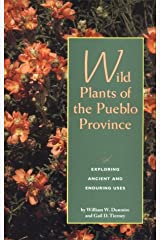
Food justice is a concept to reflect on. Historically, you grew food for yourself, your family, and to barter and share with your community in time of need. The system is now big business and ninety percent of the fresh food we eat in New Mexico is brought in from elsewhere, mainly California and Mexico, and sold to us in stores. However, for every dollar you spend on food grown locally, it multiplies and creates a dollar and seventy cents in our economy. The food justice movement envisions a system that is inclusive, community-led, and participatory without exploitation of people, land, or the environment.
In Covid times there are additional learnings. A supply network is critical not only for respirators and personal protective equipment but also for food. We have become dependent on an out-of-state food network and transportation system. Without local food sourcing, we can become victims of food insecurity in times of disasters.
To support local food sourcing, food justice and our local economy, we offer a current guide for local sources of fresh food as well as foods which are processed from food grown in the mid Rio Grande Watershed…fresh food, vine ripened. Go to Local Food Sources on the Menu bar for updates on local availability.






